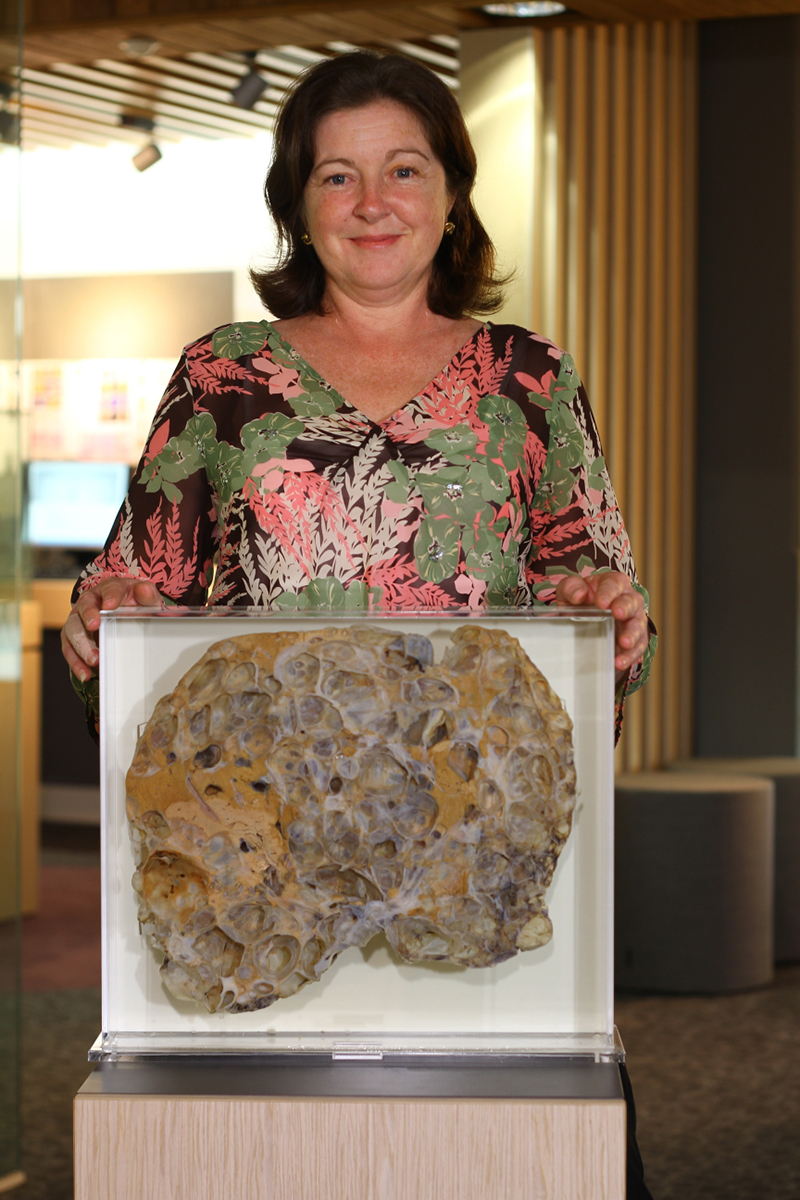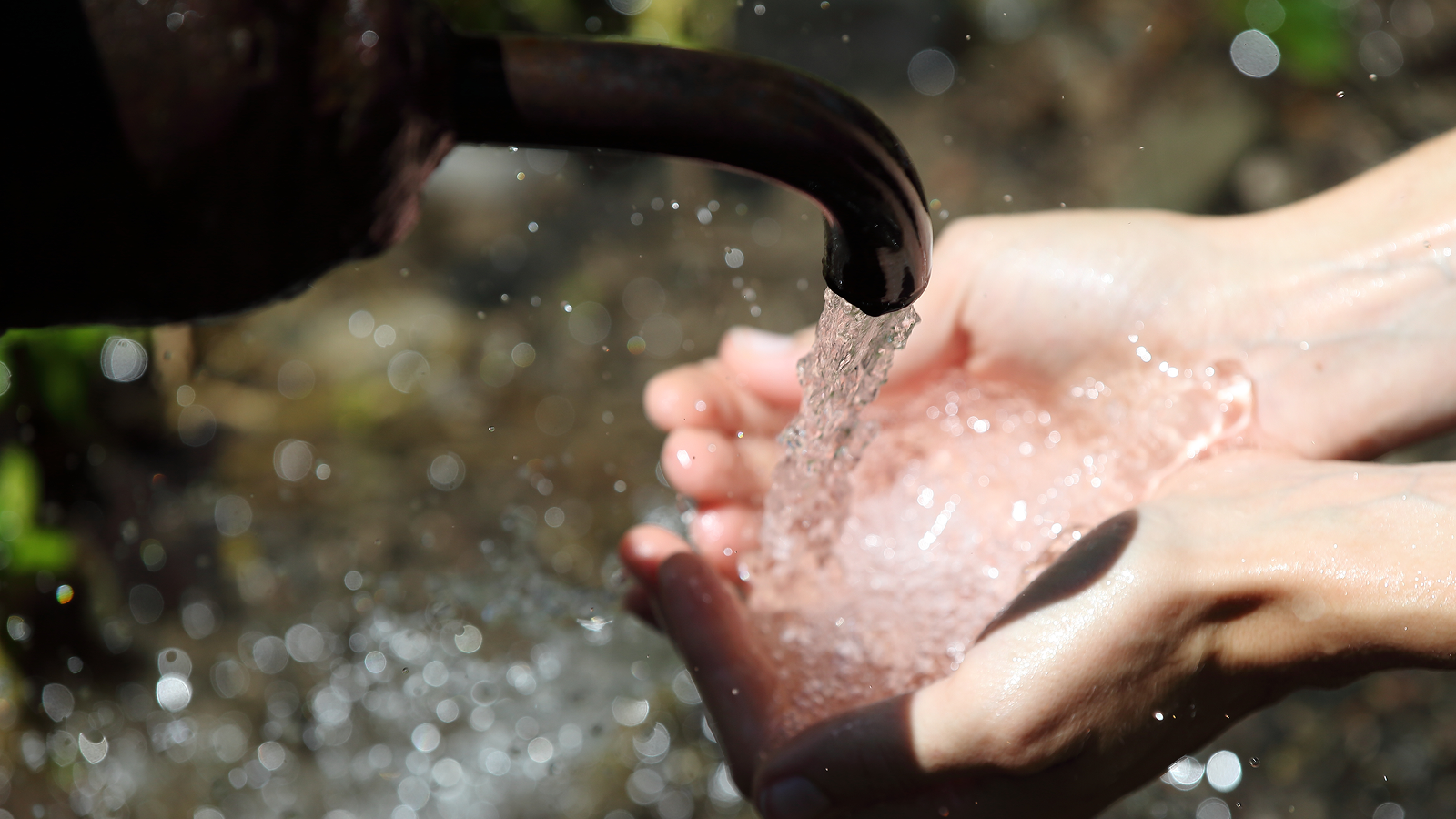What Do You Do with a 26-Pound Diseased Liver? Donate It to a Medical School
Cysts caused by hereditary polycystic kidney disease (PKD) distorted and enlarged the organ, which was donated to the University of Queensland's (UQ) Integrated Pathology Learning Centre by Fiona Murray, UQ representatives announced in a statement.
Murray, a resident of New Beith, Queensland, received a kidney and liver transplant in 2014; during her wait for donor organs to become available, the size of her liver made her look and feel like she "was pregnant for seven-odd years," Murray said in the statement. [27 Oddest Medical Case Reports]
A healthy liver typically measures about 6 inches (15 centimeters) wide and weighs between 2.6 and 3.3 lbs. (1.2 to 1.5 kg). An enlarged liver can hint at a range of diseases, including heart disease, some genetic diseases and certain types of cancers, according to the Mayo Clinic.

In Murray's case, her enlarged liver was covered in cysts — noncancerous sacs filled with fluid — caused by PKD, a diagnosis she received when she was 25 years old, according to the statement. PKD is a genetic disease that causes numerous growths on a person's kidneys and liver, and can eventually lead to kidney failure, the University of California, San Francisco Medical Center explained on its website.
Organ donation saved Murray's life, but the diseased condition of her unusually expanded liver made it impossible for her to act as an organ donor for medical purposes. So she opted to donate her liver to the university center for students to examine and learn from it, calling the decision a "no-brainer" in the UQ statement.
"That was my way of sharing and giving people knowledge," she said.
Her liver will have a lot of company in its new home — about 5,000 specimens are housed in the Integrated Pathology Learning Centre collection, representing medical research of human diseases dating to the early 20th century. The center's oldest specimen is a lung that belonged to a man who died of tuberculosis in 1935, according to the center's website.
Get the world’s most fascinating discoveries delivered straight to your inbox.
Original article on Live Science.

Mindy Weisberger is an editor at Scholastic and a former Live Science channel editor and senior writer. She has reported on general science, covering climate change, paleontology, biology and space. Mindy studied film at Columbia University; prior to Live Science she produced, wrote and directed media for the American Museum of Natural History in New York City. Her videos about dinosaurs, astrophysics, biodiversity and evolution appear in museums and science centers worldwide, earning awards such as the CINE Golden Eagle and the Communicator Award of Excellence. Her writing has also appeared in Scientific American, The Washington Post and How It Works. She is the author of the book "Rise of the Zombie Bugs: The Surprising Science of Parasitic Mind Control," published by Hopkins Press.
